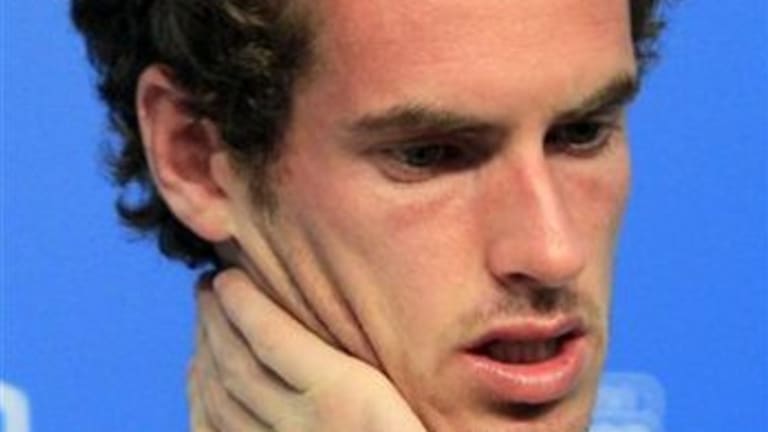What with the big fall tournaments and a week's vacation between them, it’s taken me a while to get around to what may be the most important story of the season, the U.S. Anti-Doping Agency's Lance Armstrong report, and the new focus it has brought to doping in tennis.
Sara Errani, David Ferrer, and Dinara Safina have all been asked about their connections with Armstrong’s doctor, the now-banned Luis Garcia del Moral, in Valencia, Spain. USA Today has run a story by Doug Robson headlined, “Is Tennis Doing Enough on Doping?”; in it, Robson questioned the amount of funding that the sport commits to its program. Yannick Noah says he wants the players checked virtually around the clock. Most significant of all, Andy Murray said this week that he wants more blood testing; more testing in the off-season, when players are doing their training; and harsh sentences for those caught. That’s something of a turnaround for Murray, who has vented his annoyance in the past with testers waking him up before the crack of dawn, and who wasn't pleased with having to take a blood test immediately after losing in the semifinals of the Australian Open this year.
The Armstrong report has struck a nerve, and may serve as a wake-up call. It also makes for fascinating reading. Here are a few belated thoughts on what the report revealed, and how it might relate to tennis.
